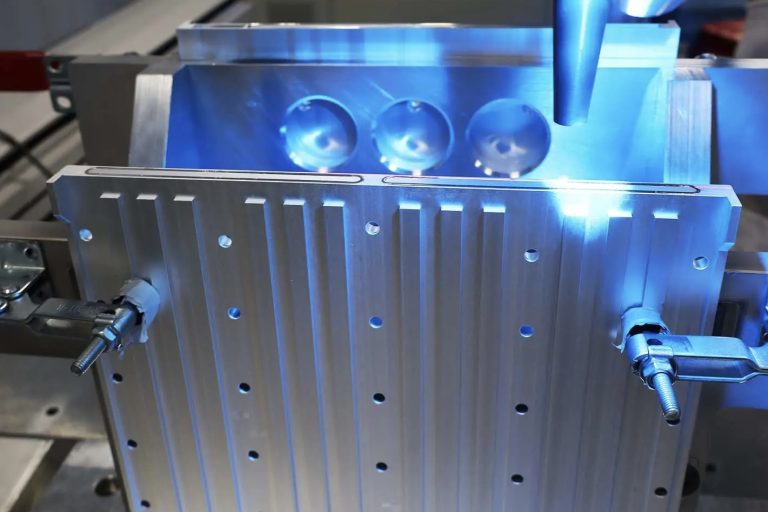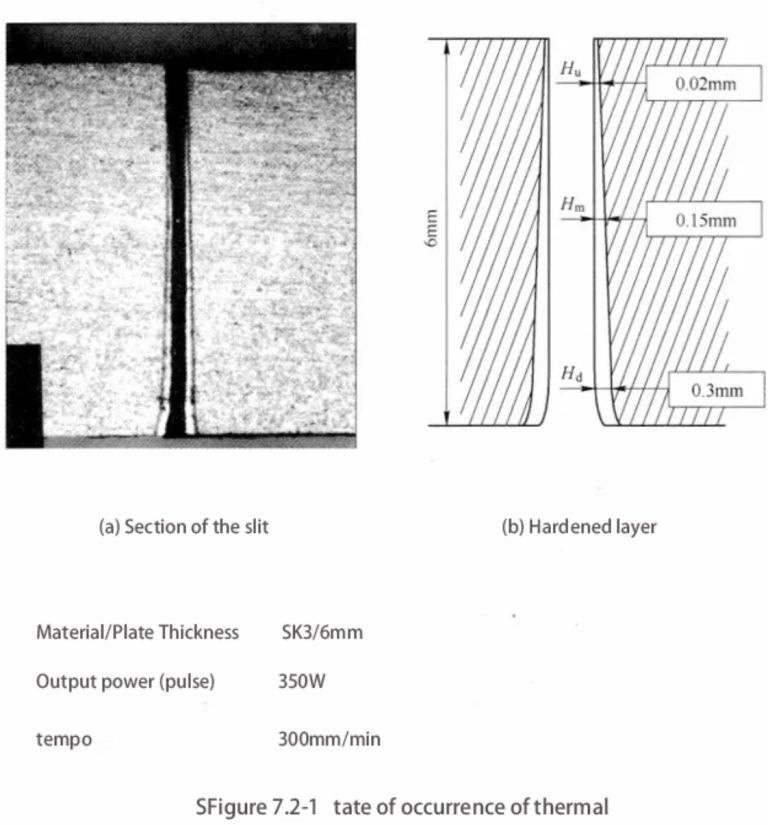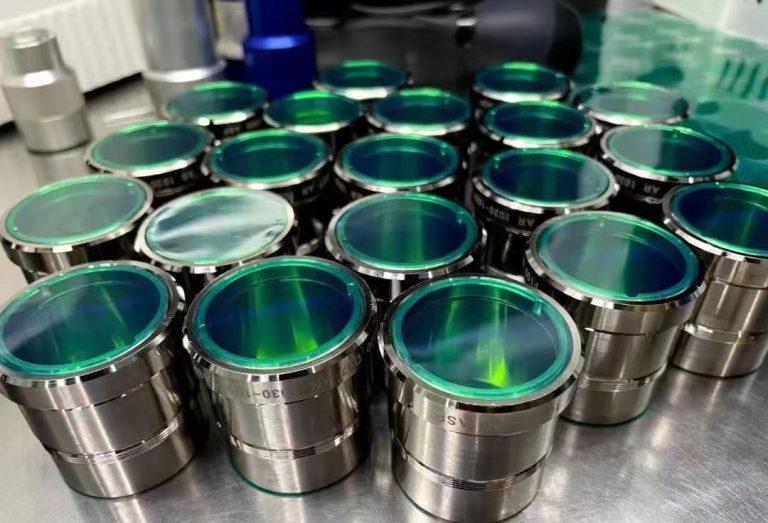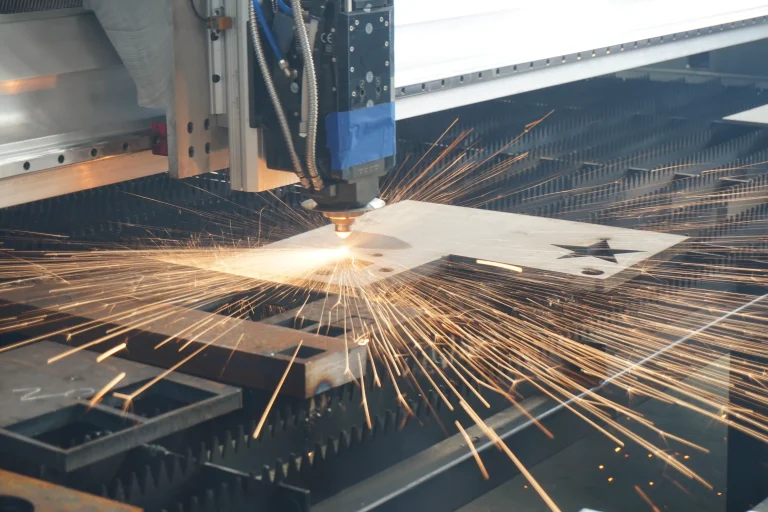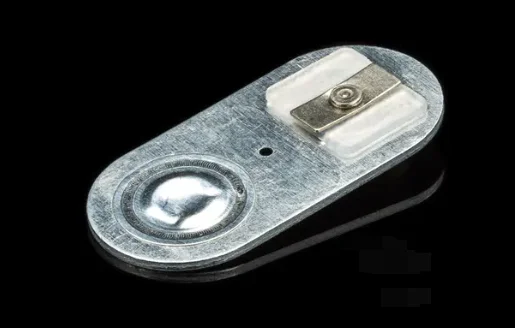Tired of traditional arc welding techniques that produce rough surfaces, require high purity argon gas and limit welding efficiency? Look no further than laser welding, a cutting-edge production technology that utilizes high energy density lasers as the heat source for welding.
In this article, we will explore the benefits of laser welding, compare it to conventional arc welding, and examine the process parameters that affect the quality of laser welding. Find out how laser welding can provide consistent quality, smaller weld gaps and high efficiency for the high-end sheet metal fabrication industry.
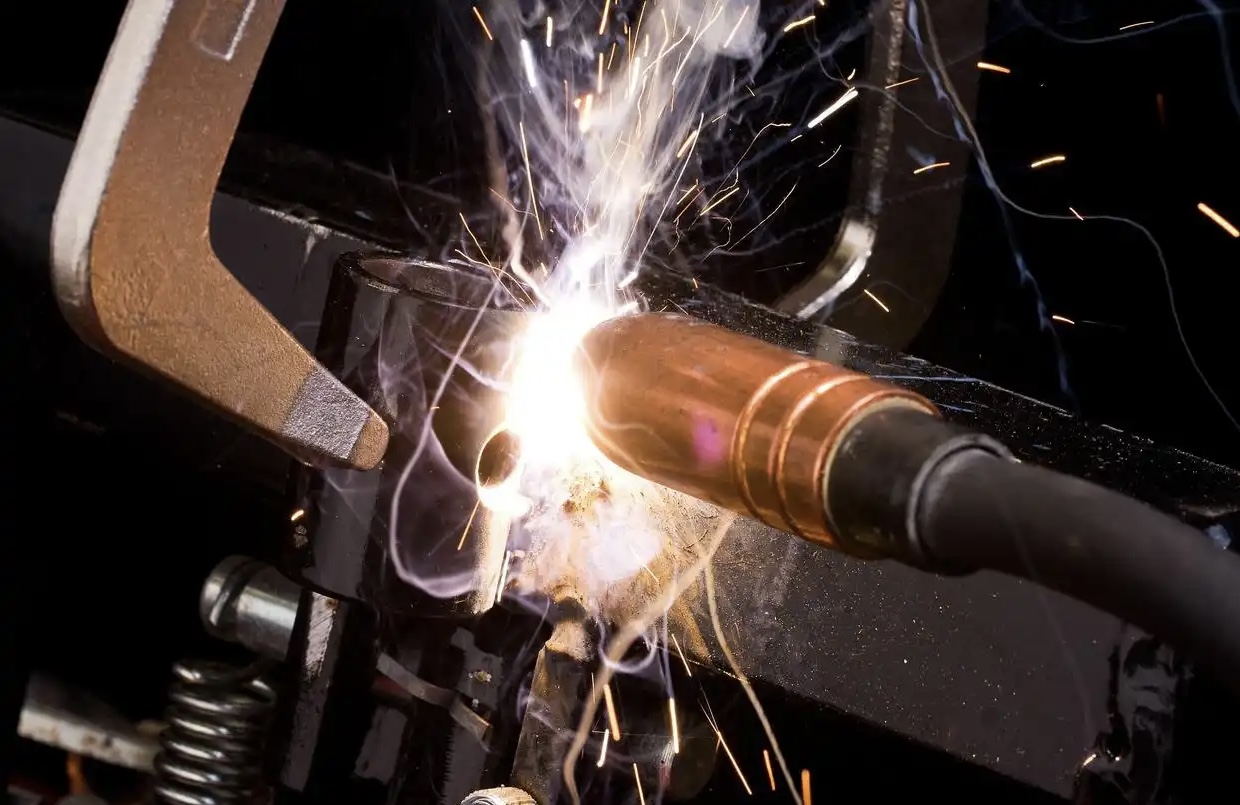
laser welding INTRODUCTION
Welding is a major process in sheet metal processing and is characterized by high labor intensity and harsh working conditions. A high level of proficiency is therefore essential.
Welding automation and the development of innovative joining methods have been the focus of attention for welding technology professionals.
A key aspect of welding automation is the control of welding quality and efficiency. Challenges such as arc and weld alignment, uniformity of component gaps, weld depth of fusion and weld distortion control must be addressed in this process.
With the rapid advancement of laser welding technology, its application in various fields such as household appliances, high-tech electronics, automobile manufacturing, high-speed train production and precision machining has made significant leaps and become increasingly mature.
The advantages of laser welding can be understood by comparing it with conventional arc welding. This article will take an in-depth look at the process of laser welding and discuss how to get better results.
In order to evaluate the quality of laser welding, the depth-to-width ratio and surface morphology need to be considered. This article will investigate the process parameters that affect these indices.
Laser welding experiments were performed on stainless steel, aluminum and carbon steel plates. The results provide practical insights that can be used in welding production.
Laser welding is a cutting-edge production technology that utilizes high energy density lasers as a welding heat source. It is widely used in the sheet metal fabrication industry for its high energy density, fast welding speed, environmental friendliness, and minimal plate distortion.
Laser welding can be categorized into conduction welding and deep-melt welding according to the characteristics of weld formation. Conduction welding uses low laser power, resulting in a longer time for the formation of the molten pool and a shallower depth of melting.
It is mainly used for welding small parts.
In contrast, deep-melt welding has a high power density and the metal in the laser-irradiated area melts rapidly.
This melting is accompanied by intense vaporization, resulting in a weld with significant depth and a width-to-depth ratio of up to 10:1.
Sheet metal parts can be joined using a variety of welding methods, including laser welding, brazing, atomic hydrogen welding, resistance welding, plasma arc welding and electron beam welding.
Laser welding offers significant advantages over other common welding techniques in terms of heat-affected zone, thermal distortion, weld quality, the need for filler material and the welding environment.
Features of Laser Welding
Laser welding uses a laser to introduce a high-energy laser beam into an optical fiber. After transmission, it is collimated into parallel light using a collimating lens and then focused onto the workpiece.
This produces an extremely high energy heat source that melts the material at the joint. The molten metal then cools rapidly, creating a high quality weld. The appearance of a laser welded sheet metal part is shown below.
111111111111
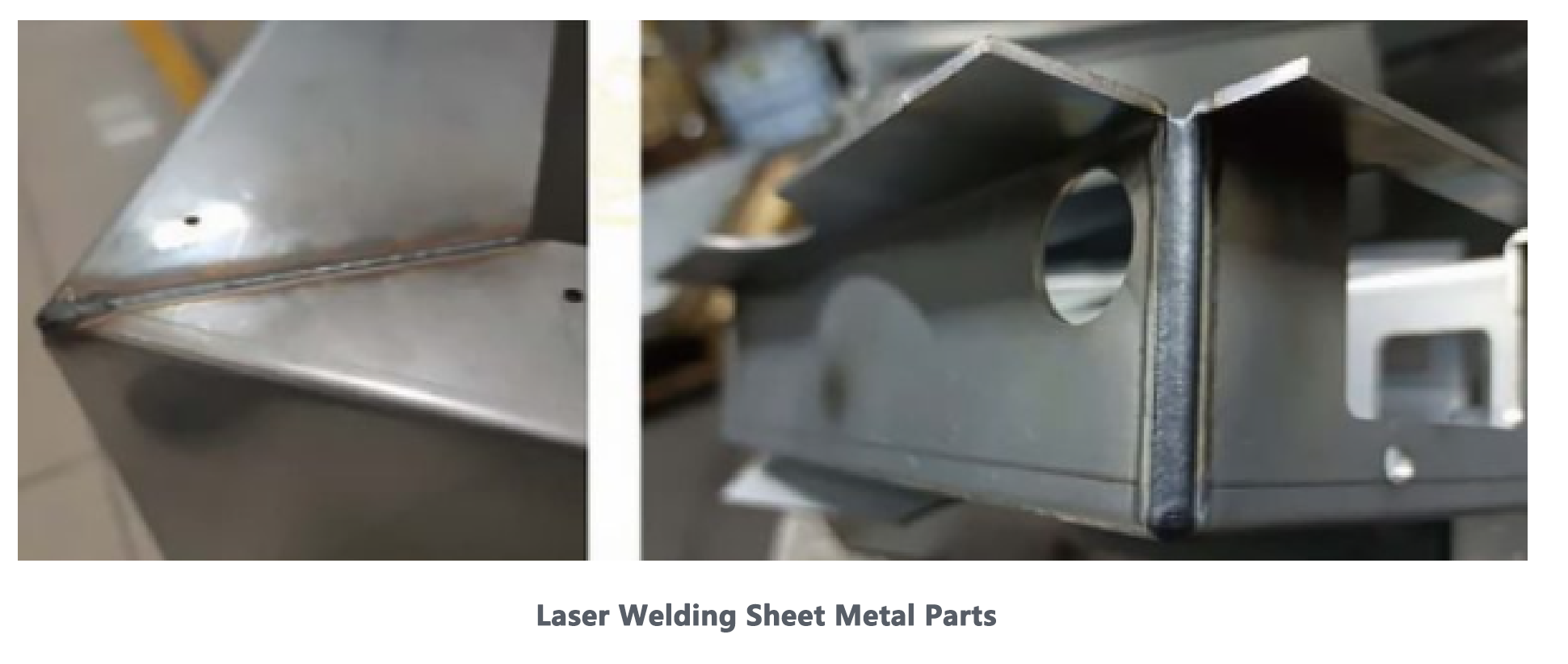
Easy to operate:
The laser welding machine is simple to use. Operation is simple, easy to learn and user-friendly. The level of expertise required by the operator is relatively low, which means savings in labor costs.
High flexibility:
Laser welders can weld from any angle and excel at welding hard-to-reach areas. They can handle complex welded parts and large irregularly shaped pieces, providing unrivaled flexibility in welding in any direction.
Enhanced safety:
High-safety welding nozzles are activated only on contact with metal and feature a touch switch with body temperature sensing. Specific safety standards must be adhered to when operating the dedicated laser generator, including the wearing of protective eyewear to minimize potential eye damage.
Superior laser beam quality:
Once the laser is focused, it achieves high power density. By focusing a high-power, low-mode laser, the resulting spot diameter is very small, significantly facilitating the automation of thin-plate welding.
Fast welding speed, deep melting and low distortion:
Due to the high power density of laser welding, tiny pores are formed in the metal during the process. The laser energy penetrates deep into the material through these pores with minimal lateral diffusion. The material fuses to a considerable depth, welding is fast and large areas are covered in a short time.
Reduced labor costs:
Due to the minimal heat input during the laser welding process, post-weld distortion is also minimal. This produces a visually attractive weld surface, which reduces post-weld processing, thereby significantly reducing or even eliminating the labor costs associated with smoothing and leveling.
Ability to weld refractory materials:
Laser welding is not only suitable for joining various dissimilar metals, but also for welding metals and alloys such as titanium, nickel, zinc, copper, aluminum, chromium, gold, silver, steel and cutting alloys. It caters well to the development of new materials for home appliances.
Particularly suitable for welding thin plates and uncoated aesthetic parts:
Laser welding is particularly suitable for welding thin plates, uncoated aesthetic parts, precision parts and heat-sensitive parts due to its high aspect ratio, low heat input, minimized heat-affected zone and reduced distortion. This can further minimize post-weld corrections and secondary processing.
Comparison of laser welding and conventional arc welding
Introduction to Arc Welding
Conventional arc welding can be broadly categorized into several types, including electrode arc welding, tungsten inert gas shielded (TIG) welding, metal inert gas shielded (MIG) welding and submerged arc welding.
Electrode arc welding involves the initiation of an electric arc between the electrode and the workpiece, which generates heat that melts the metal at the point of contact between the electrode and the workpiece. This creates a pool of molten metal. The electrode is then moved in a specific direction to form a new pool of molten metal and solidify the previous pool, resulting in a weld.
The welding process diagram is shown in Figure 1.
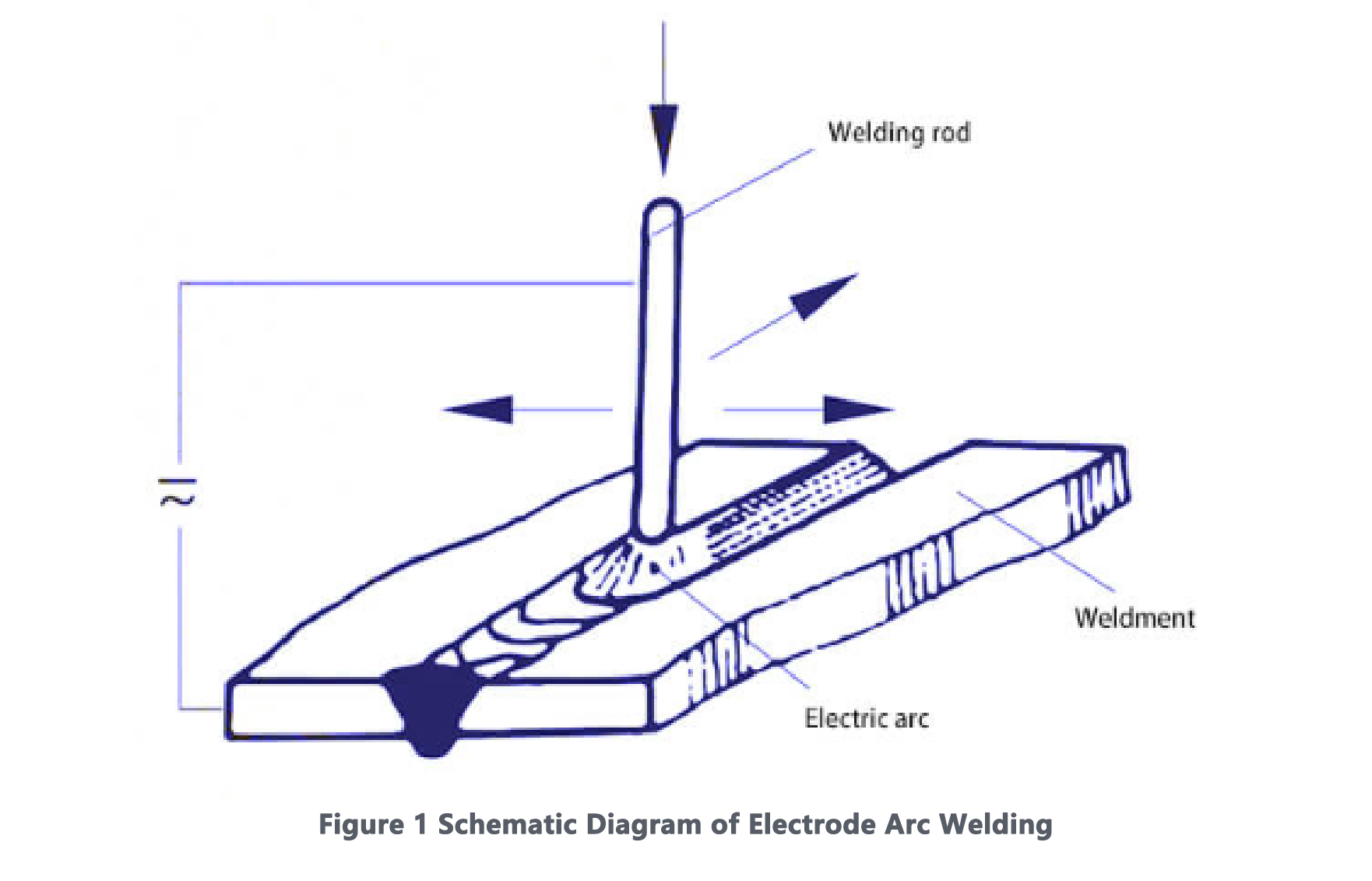
Tungsten inert gas shielded (TIG) welding uses a tungsten electrode as the discharge electrode, which is not consumed during the welding process. The weld area is protected by an inert gas (usually argon) and the heat generated by the arc is used to melt the base metal and weld material. The result is a smooth, virtually spatter-free weld surface.
Gas Metal Arc Welding (GMAW) is a process in which an electric arc is generated between the wire and the base metal, resulting in the melting of the wire and the base material. The melted material solidifies and forms a weld.
Although arc welding still dominates the welding industry, the increasing demand for high quality, efficient welding has resulted in its limited use in some high-end sheet metal fabrication applications. Some of the disadvantages of conventional arc welding include:
- Requires high purity argon gas as a shielding gas, which can be expensive.
- Requires a high level of skill and certification to operate correctly, which can be difficult for many to achieve.
- The high density of current and heat generated during the welding process can negatively affect the welding of low melting point sheet metal.
- Welding is inefficient and slow.
- Welding surfaces are rough and require additional grinding to obtain a smooth surface.
- Limited welding strength.
Advantages of Laser Welding
Mainstream laser welding techniques include self-melting, oscillating, fillet-filling, vibratory mirror welding, and composite welding, which is a combination of several welding methods.
Table 1 highlights the advantages of laser welding technology over traditional arc welding.
| Arc Welding | Laser Welding |
|---|---|
| Requires high – density electric current, with large thermal effect | Low welding heat input, small deformation, and minor thermal effect |
| Shallow weld penetration and poor welding strength | Deep weld penetration and high welding strength |
| Contact – type, restricted by space | Non – contact type, less restricted by space |
| Large arc – starting current and wide welding range | Small welding spot, capable of welding precision workpieces |
| Higher requirements for operators, requiring special operation certificates | Lower requirements for operators |
| Low welding efficiency and slow welding speed | High welding efficiency and fast welding speed |
| Electrode pollution and wear | No electrode wear |
| Rough surface, requiring subsequent grinding | Stable surface shape, basically no subsequent grinding required |
Laser welding is the preferred choice for the high-end sheet metal manufacturing industry that requires high value-added products, consistent quality, small weld gaps and high efficiency.
Laser Welding Process Parameters,Laser Weld Index
Depending on the customer’s needs, the requirements for welding results on sheet metal parts vary. These requirements are mainly reflected in the following indices:
- Surface morphology (e.g. concave, flat or convex)
- Melt pool depth to width ratio
- No defects such as porosity, cracks, impurities, nibbled edges, etc.
The surface morphology of the weld can be changed by adjusting factors such as welding power, defocusing and splicing patterns. The depth to width ratio of the molten pool is an important factor in determining the strength of the weld.
For customers who require strength in their welded products, a series of steps must be taken, including wire cutting, inlaying, grinding and polishing, corrosion testing, and micro-metallographic analysis. This process reflects the hardness of the weld, which is closely related to the depth-to-width ratio. The tensile strength index of the weld can also be determined by tensile strength testing. Figure 2 shows the results of melting depth ratio metallographic analysis.
44444
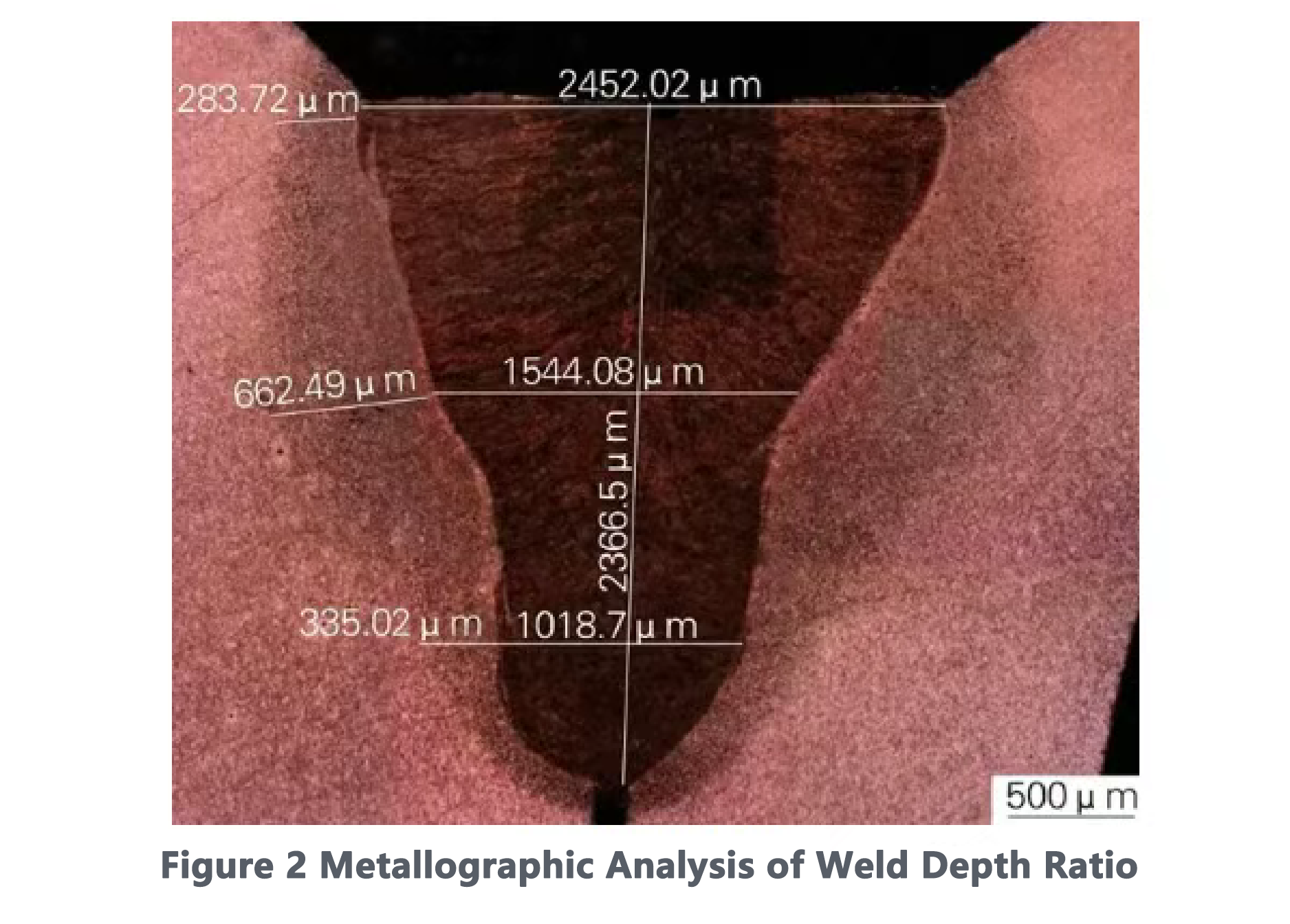
In some working environments, weldments may have defects such as porosity, cracks, impurities, and nibbled edges, causing serious safety hazards. For example, some products have strict standards for gas and water tightness.
Figure 3 depicts a comparison between a normal weld and a defective weld.
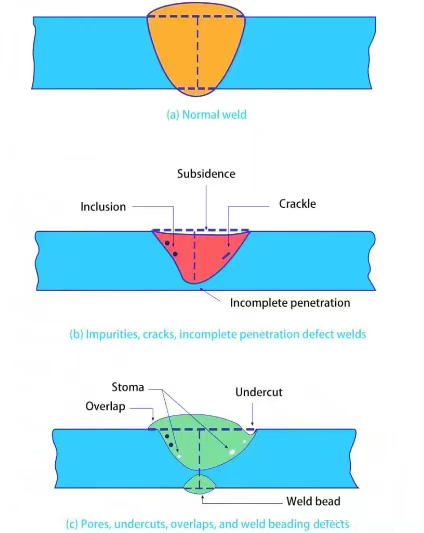
Factors affecting laser welding
Several factors directly affect laser welding, including the welding temperature, the melting point of the weld material, the laser absorption of the weld material, and the heat effect.
In terms of the welding process, factors such as material properties, laser power, welding speed, focal point position, shielding gas, and welding gap must be considered.
The laser absorption rate of the welding material affects the welding quality. Aluminum, copper and other materials have a high laser absorption rate, while carbon steel, stainless steel and other materials have a low laser absorption rate. Welding materials with high absorption rates usually require more energy to melt and form a stable molten pool.
Laser power is the energy source for laser welding and plays a vital role in welding results. The higher the laser power, the better the weld. However, too much laser power leads to an unstable molten pool and a reduction in depth. Therefore, it is crucial to choose the right value of laser power.
There is an inverse relationship between welding speed and melt depth. Faster welding speeds result in lower energy input, while slower speeds may lead to overheating, especially in heat-sensitive materials such as aluminum.
The location of the focal point directly affects the depth of fusion and width of the weld. When the focal point is located at the surface of the weld material, it is called the zero focal point. When the focal point is located above or below the weld material, it is called the eccentric focal point. Zero-focus welding has the smallest spot and the highest energy density, while off-focus welding has a lower power density but a larger spot, making it suitable for welding a wider range of workpieces.
The type and method of shielding gas also affects the welding process. The role of the shielding gas is not only to prevent oxidation during the welding process, but also to inhibit the plasma cloud generated during the laser welding process. The choice of shielding gas affects the appearance and color of the weld surface.
The weld gap of the workpiece being welded is related to the melt depth, width, and shape of the weld. A weld gap that is too large can lead to difficulties in melting and bonding, as well as exposure to the laser and possible damage to the tool or workpiece. Increasing the spot or wiggle can improve the weld, but the improvement is limited.
Welding test analysis
Welding tests were carried out using a Yaskawa GP25 robot, Prima laser, ospri weld joints (core diameter 100 μm, focal length 300 mm) and a WSX wire feeder. The welding effect was tested on 1.5mm Q235 carbon steel plate, SS304 stainless steel, and Series 3 aluminum alloy plate.
Based on experience, the test procedure can provide the following reference:
For the test welding of 1mm thin plate, a starting power of 1kW and a welding speed of 30mm/s can be used. the reference power can be calculated as P=A-X, where A is the constant coefficient (A≥0) and X is the plate thickness. With the increase of plate thickness, the constant coefficient A gradually decreases and is also affected by the welding method.
Carbon Steel Plate Welding Process Analysis
The parameters of the swing welding process for Q235 carbon steel plate with a thickness of 1.5 mm are shown in Table 2 .
Table 2 Parameters of swing welding process of Q235 carbon steel plate
| No. | Laser Power (kW) | Welding Speed (mm/s) | Swing Range (mm) | Swing Speed (mm/s) | Welding Effect |
|---|---|---|---|---|---|
| 1 | 1.6 | 32 | 1 | 143 | Goog |
| 2 | 1.6 | 31 | 1 | 148 | Goog |
| 3 | 1.6 | 30 | 1 | 148 | Goog |
| 4 | 1.7 | 33 | 1 | 151 | Goog |
| 5 | 1.7 | 32 | 1 | 152 | Goog |
| 6 | 1.7 | 34 | 1 | 150 | Goog |
| 7 | 1.8 | 35 | 1 | 153 | Goog |
| 8 | 1.8 | 35 | 1 | 154 | Goog |
| 9 | 1.8 | 36 | 1 | 154 | Goog |
| 10 | 1.9 | 36 | 1 | 156 | Goog |
| 11 | 1.9 | 37 | 1 | 155 | Goog |
| 12 | 1.9 | 37 | 1 | 160 | Goog |
Test data show that when swing welding carbon steel plate, the laser power should be increased with the increase of welding speed under the condition that the swing amplitude is guaranteed to be unchanged. If the swing speed is too slow, the weld will be uneven.
In general, carbon steel autofusion welding requires less energy than carbon steel autofusion pendulum welding, and less energy is required for carbon steel autofusion pendulum welding compared to carbon steel pendulum wire filler welding. The amount of energy required is controlled primarily by power and speed; the higher the power and the faster the speed, the more energy is required.
Ideally, the welding speed should be as high as possible in order to balance quality and efficiency. However, welding too fast can lead to instability and is limited by laser power and material properties. Therefore, a balance between power and speed is usually sought.
Welding Process Analysis of Aluminum Plate
The fiber optic core diameter chosen for the test was 100 μm. For welding highly reflective and heat absorbing materials such as aluminum and copper, higher power densities are required for melting. In this case, zero-focus welding is necessary.
Zero focus welding allows for maximum power density with minimum power, making it ideal for welding small parts and melting metals to form a molten pool. The welding process parameters for different materials are given in Table 3.
Table 3 Comparison of welding process parameters for different materials
| No. | Laser Power (kW) | Welding Speed (mm/s) | Plate Thickness | Swing Range (mm) | Swing Speed (mm/s) | Whitening Effect | Material |
|---|---|---|---|---|---|---|---|
| 1 | 1.5 | 2.1 | 1.5 | 1 | 300 | Good | Q235 Carbon Steel |
| 2 | 1.5 | 1.8 | 1.5 | 1 | 300 | Good | 3 – Series Aluminum Alloy |
| 3 | 2 | 2.0 | 2 | 1 | 300 | Good | Q235 Carbon Steel |
| 4 | 2 | 1.7 | 2 | 1 | 300 | Good | 3 – Series Aluminum Alloy |
Test data show that, with all other parameters held constant, Series 3 aluminum alloys require slower welding speeds than Q235 carbon steel to achieve the desired weld results because more heat is required.
Stainless steel white blowing process analysis
Table 4 shows the comparison of the parameters of the whitening process of stainless steel welds with a thickness of 1.5 mm. The comparison of welding effect is shown in Figure 4.
The welding parameters of the three welds in Figure 4 (from left to right) correspond to serial numbers 1, 2 and 3 in Table 4, respectively.

Table 4 Comparison of stainless steel weld whitening process parameters
| No. | Laser Power (kW) | Welding Speed (mm/s) | Plate Thickness | Swing Range (mm) | Swing Speed (mm/s) | Whitening Effect |
|---|---|---|---|---|---|---|
| 1 | 1.2 | 1.7 | 1.5 | 1 | 300 | Poor |
| 2 | 1.5 | 1.8 | 1.5 | 1 | 300 | Good |
| 3 | 1.6 | 1.8 | 1.5 | 1 | 300 | Poor |
In order to obtain a whitened surface on stainless steel, the metal needs to be rapidly cooled and crystallized in a protective gas atmosphere after laser melting. If the power is too high, a large amount of heat is retained in the sheet metal, resulting in slow cooling and increasing the risk of oxidation and discoloration. If the power is too low, the metal may not melt completely.
If the speed is too fast, the blowing tooling may not be sufficient, compromising the blowing effect. If the speed is too slow, too much heat buildup can occur. In order to achieve a whitened surface, it is important to find the balance between power, speed and blowing.
If a whitened surface cannot be achieved in one attempt, it can be achieved by welding one layer at a slightly higher power and then reducing the power of the second layer.
Conclusion
During laser welding, a number of factors such as material properties, laser power, welding speed, focal point position, shielding gas and weld gap need to be taken into account in order to ensure high quality results.
For common materials such as carbon steel, stainless steel, aluminum plate, etc., the initial test parameters mentioned earlier can be used as a reference, and then adjusted according to the specific characteristics of the material and the customer’s requirements in order to achieve ideal welding results.

